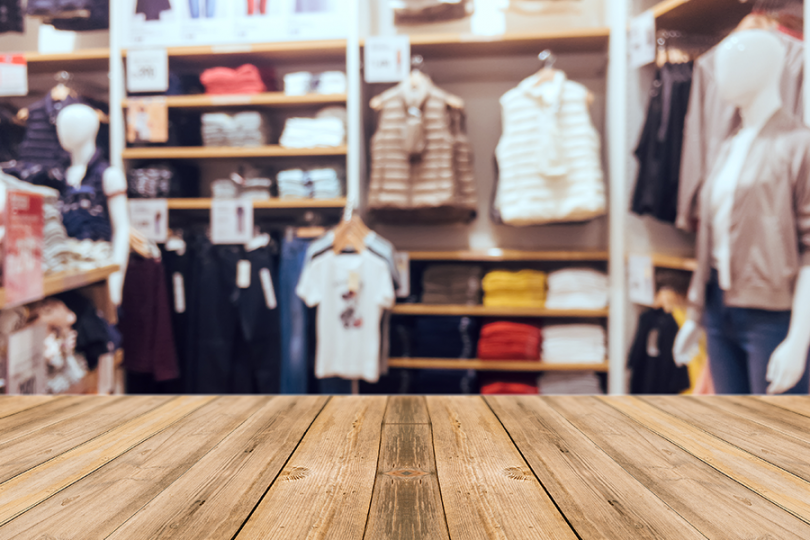Shopfitting is the process of designing and fitting out retail spaces to create an appealing and functional environment for customers. It involves the careful planning and execution of the layout, fixtures, and displays within a retail store. Shopfitting plays a crucial role in enhancing the customer experience, promoting retail sales, and establishing a brand’s identity.
Shopfitting in Australia has evolved to become an integral part of retail design and marketing strategies for retail businesses.
It goes beyond simply installing shelves and counters; it encompasses the entire visual merchandising and customer journey within a store. From creating eye-catching displays to optimising foot traffic flow, shopfitting in Australia aims to create an immersive and memorable shopping experience for customers.
The importance of shopfitting in Australia
Using creative shopfitting features is critical for business owners in the highly competitive Australian retail industry. With a growing number of businesses vying for consumer attention, it has become crucial for retailers to invest in creating appealing and uniquely alluring store environments and experiences.
An attractive and well-designed retail space not only attracts more customers to your store, but it also encourages customers to spend more time browsing in your store, and ultimately making a purchase.
With consumers increasingly demanding personalised and experiential retail experiences, great shopfitting plays a vital role in meeting the expectations of shoppers. A well-executed shopfitting project can help retailers differentiate themselves from the competition, reinforce their brand image, and build stronger connections with their target audience.
Shopfitting trends in Australia
The shopfitting industry in Australia is constantly evolving, driven by changing consumer preferences and emerging technologies. To stay ahead in this dynamic market, retailers need to be aware of the latest shopfitting trends. Here are three notable and current trends in retail shopfitting in Australia in 2023.
Sustainable design
The shopfitting industry in Australia is constantly evolving, driven by changing consumer preferences and emerging technologies. To stay ahead in this dynamic market, retailers need to be aware of the latest shopfitting trends. Here are some notable and current trends in retail shopfitting in Australia in 2023.
Technology integration
To enhance the shopping experience, retailers are integrating technology into their shopfitting projects. This includes interactive displays, digital signage, and mobile payment solutions, all of which contribute to providing customers with a seamless and engaging shopping journey.
Flexible store layout
In response to changing consumer behaviour and the rise of e-commerce, flexible store layouts have become popular in Australia. Retailers are incorporating modular fixtures and movable displays to easily adapt to changing product assortments and seasonal trends.
Key factors to consider for your shop fitout
When starting a shopfitting makeover project in Australia, there are five key factors that retail business owners should consider. Each of these factors, as outlined below, can significantly impact the success and effectiveness of your project. Here are some essential considerations:
Understand your target audience
Being very familiar with your customers and truly understanding your target audience is crucial for designing a shopfitting project that resonates with your customers. Retailers may conduct market research to identify the preferences of their target audience, shopping habits, and expectations.
Define your brand identity
Your shopfitting should align with the brand identity and values of your retail business. The design elements, colors, and overall aesthetics should reflect the brand’s personality and create a cohesive brand experience.
Store layout and traffic flow
A well-designed store layout ensures a smooth and enjoyable shopping experience for customers. The traffic flow should be optimised to logically guide customers through the different sections of the store and encourage exploration.
Visual merchandising
Effective visual merchandising is crucial for attracting attention and driving sales. Retailers should carefully plan their product displays, signage, and lighting to create a visually appealing and enticing environment.
Budget and timeline
Shopfitting projects require careful budgeting and project management. Retailers should establish a realistic budget and timeline, considering factors such as materials, labor costs, and any necessary permits or regulations.
Shopfitting regulations and permits in Australia
Shopfitters in Australia must comply with all shopfitting regulations and obtain permits to ensure they meet industry safety standards and adhere to building codes. It is essential for shopfitters to be aware of the following regulations and permits on each project.
Building codes and standards
Shopfitting projects must comply with local and national building codes and standards. These regulations cover aspects such as fire safety, disability access, and structural integrity.
Planning and development approval
Depending on the scope of the shopfitting project, retailers may need to obtain planning and development approvals from local councils or relevant authorities. This ensures compliance with zoning regulations and any environmental considerations that may apply.
Occupational health and safety
Shopfitting projects must adhere to occupational health and safety regulations to ensure a safe working environment for contractors and employees. This includes measures such as adequate lighting, ventilation, and the use of appropriate personal protective equipment.
Electrical and plumbing permits
Any electrical or plumbing work involved in the shopfitting project requires permits from licensed professionals. This ensures compliance with safety standards and prevents potential hazards.
Common shopfitting materials and designs in Australia
Timber: A versatile and timeless material used in shopfitting. It adds warmth and natural beauty to a store and can be used for fixtures, flooring, and display units. Sustainable timber options such as bamboo are also gaining popularity.
Metal and glass: Metal and glass elements provide a modern and contemporary look to retail spaces. They are often used in display cabinets, shelving, and partitions, adding a sleek and sophisticated touch.
Lighting: Lighting plays a crucial role in shopfitting, creating ambiance, and highlighting specific products. LED lighting is widely used in Australia due to its energy efficiency, versatility, and longevity. Retailers can explore various lighting options – such as spotlights, track lighting, and accent lighting – to enhance the visual appeal of their store.
Modular fixtures: Modular fixtures offer flexibility in shopfitting, allowing retailers to easily reconfigure their store layout as needed. These fixtures can be customized and adjusted to accommodate different product displays and seasonal changes.
How great shopfitting contributes to retail success
Shopfitting plays a vital role in the success of retail businesses in Australia. It is a multifaceted process that encompasses design, construction, and merchandising to create an appealing and functional store environment.
By considering key factors such as their target audience, brand identity, regulations, and budget, retailers can ensure a successful shopfitting project. With the right shopfitting company and adherence to regulations, retailers can create memorable shopping experiences that drive customer engagement and boost sales.







